Loft Bed vs Bunk Bed: Which Saves More Space in Your Singapore Home
Table Of Contents
- Introduction
- Understanding the Basics: Loft Beds vs Bunk Beds
- Space-Saving Comparison: Which Truly Saves More Space?
- Bedroom Configurations and Floor Planning
- Age Considerations and Safety Features
- Functionality and Additional Features
- Design and Aesthetic Considerations
- Ideal Scenarios for Each Bed Type
- Maintenance and Durability Factors
- Conclusion
In Singapore, where living space comes at a premium, maximizing every square meter of your home is essential. For families with children or individuals living in compact apartments, the choice between a loft bed and a bunk bed can significantly impact your room's functionality and spaciousness. Both options elevate sleeping areas to create additional usable space underneath, but they serve different purposes and offer distinct advantages.
Whether you're furnishing a children's bedroom, a studio apartment, or looking to optimize a guest room, understanding the key differences between loft beds and bunk beds will help you make an informed decision that best suits your space constraints and lifestyle needs. In this comprehensive guide, we'll explore how each bed type utilizes vertical space, their practical applications in Singapore homes, and which option might save you more precious floor space in various scenarios.
Understanding the Basics: Loft Beds vs Bunk Beds
Before diving into which option saves more space, let's clarify what exactly defines loft beds and bunk beds, as these terms are sometimes used interchangeably despite their distinct characteristics.
What Is a Loft Bed?
A loft bed is essentially an elevated bed frame that raises the sleeping area to create usable space underneath. Unlike bunk beds, loft beds feature only a single elevated sleeping surface. The space below can be utilized in numerous ways – as a study area with a desk, a lounging spot with a small sofa, a storage solution with cabinets, or even a play area for children.
Loft beds are particularly popular in studio apartments and small bedrooms where floor space is limited. They're available in various heights, with full-height loft beds providing enough clearance underneath for standing and activities, while mid-height options offer less space but may feel less imposing in rooms with lower ceilings.
What Is a Bunk Bed?
Bunk beds consist of two (or sometimes three) sleeping surfaces stacked vertically. The classic configuration includes an upper and lower bunk, connected by a ladder or stairs. The primary purpose of bunk beds is to accommodate multiple sleepers while minimizing the footprint that multiple separate beds would require.
Traditionally associated with children's rooms and dormitories, bunk beds have evolved with modern designs now including options suitable for adults, guest rooms, and even luxury settings. Some contemporary bunk bed designs incorporate storage drawers, desks, or trundle beds for additional functionality.
While both bed types elevate sleeping areas, the fundamental difference is that loft beds optimize space for a single sleeper while freeing up floor space for other functions, whereas bunk beds optimize sleeping capacity for multiple people within a compact footprint.
Space-Saving Comparison: Which Truly Saves More Space?
When it comes to pure space efficiency, the answer depends largely on your specific needs and room configuration. Let's analyze both options based on their spatial impact:
Loft Bed Space Efficiency
Loft beds excel at multifunctional space utilization. With a typical footprint similar to a standard bed (approximately 3-4 square meters for a single or twin size), a loft bed effectively doubles the functionality of that space by creating a separate zone underneath. This dual-purpose approach means you're getting 6-8 square meters of functional space from a 3-4 square meter footprint.
In practical terms, this means a small 12 square meter bedroom can accommodate both a sleeping area and a study/work area without feeling cramped. For studio apartment dwellers in Singapore, where spaces often range from 30-50 square meters total, this space-saving feature can transform the livability of the entire home.
Bunk Bed Space Efficiency
Bunk beds shine when it comes to maximizing sleeping capacity. A standard bunk bed accommodates two sleepers in the floor space of a single bed (again, roughly 3-4 square meters). This represents a 50% space saving compared to having two separate beds, which would require 6-8 square meters.
In Singapore's context, where many families live in 3-4 room HDB flats with limited bedroom sizes, bunk beds can transform a shared children's bedroom from cramped to comfortable. Instead of sacrificing play space for two separate beds, children can enjoy more open floor area while still having their individual sleeping spaces.
The Verdict on Space Saving
In terms of pure square meter efficiency:
Loft beds save more space when: You need one sleeping area plus additional functional space (study, storage, seating) within the same room. They're ideal for studio apartments, small master bedrooms, or children's rooms where you want to incorporate a desk or play area.
Bunk beds save more space when: You need to accommodate multiple sleepers in the same room. They're perfect for children sharing a room, guest rooms that need to accommodate several visitors, or vacation homes where maximizing sleeping capacity is the priority.
Bedroom Configurations and Floor Planning
Beyond the basic footprint considerations, how these beds interact with the overall room layout significantly impacts their space-saving effectiveness.
Optimal Placement for Loft Beds
Loft beds work best when positioned against a wall, especially in corners where they can maximize the functional area underneath. This positioning creates a clearly defined zone below the elevated bed that can house a desk configuration, a small sofa, or storage units. In Singapore homes, where bedrooms often have built-in wardrobes, placing a loft bed on the opposite wall can create balance while maintaining flow.
The clearance requirements for loft beds are also important. For comfortable use of the space below, a minimum ceiling height of 2.4 meters is recommended, allowing for approximately 1.8 meters of clearance underneath after accounting for the bed frame and mattress thickness. This is particularly relevant in older HDB flats where ceiling heights may vary.
Strategic Positioning of Bunk Beds
Bunk beds typically work best placed along walls rather than in room corners, allowing for easier access to both bunks. Some designs feature ladders or stairs that require additional clearance space, which needs to be factored into your floor planning. L-shaped or perpendicular bunk configurations can sometimes offer more efficient use of corner spaces.
When planning bunk bed placement, consider the proximity to ceiling fixtures like fans or lights, which could pose safety hazards for the top bunk occupant. In Singapore's tropical climate, ensuring good airflow around both sleeping areas is also essential for comfort, particularly in homes without air conditioning in every room.
Room Traffic Flow Considerations
Both bed types should be positioned to maintain clear pathways through the room. In typical Singapore bedroom layouts, this means considering door swing space, access to windows, and movement between furniture pieces. A well-placed loft or bunk bed should enhance flow rather than obstruct it, which sometimes means opting for a slightly smaller bed size to preserve adequate walking space.
The goal is to create a layout that feels spacious despite the vertical structure, avoiding the creation of cramped or awkward spaces that ultimately reduce the room's functionality.
Age Considerations and Safety Features
The age of the users significantly impacts which space-saving bed option is most appropriate, with safety being a paramount concern for both types.
Loft Beds: Age Appropriateness
Loft beds are generally recommended for children aged 6 and above, teenagers, and adults. The elevated sleeping position requires a certain level of motor skills and awareness to use safely. For young adults in studio apartments or university students in dormitories, loft beds offer the perfect balance of sleep and study/living space.
Safety features to look for in quality loft beds include:
- Sturdy guardrails that extend at least 5 inches above the mattress surface
- Secure ladder attachments with non-slip steps
- Robust frame construction that minimizes wobbling
- Adequate distance from ceiling fans or light fixtures
For loft beds intended for children's use, additional safety considerations include rounded edges, no gaps that could trap limbs, and potentially a lower height design that reduces fall risk.
Bunk Beds: Family-Friendly Options
Standard bunk beds work well for families with multiple children, with the bottom bunk suitable even for younger children (ages 3+) while reserving the top bunk for older children (typically 6+ years). This makes bunk beds versatile for families with children of different ages.
When selecting a bunk bed for children, important safety features include:
- Continuous guardrails on all sides of the top bunk (except the ladder access)
- Secure attachment between the upper and lower bunks
- Sturdy ladder with appropriate spacing between rungs
- Safety-tested weight capacity for both bunks
- Compliance with international safety standards
Some modern bunk bed designs now incorporate additional safety elements like built-in stairs instead of ladders, light fixtures for better visibility, and even slide-out trundle beds that offer a third sleeping surface without the height concerns of a triple bunk.
Functionality and Additional Features
Beyond the basic structure, the additional features and multifunctional elements of each bed type significantly impact their space-saving efficiency and overall value.
Multifunctional Loft Bed Designs
Modern loft beds have evolved to include numerous integrated features that enhance their space-saving capabilities:
Study-focused configurations: These include built-in desks, bookshelves, and sometimes even computer stands, creating a complete workstation underneath the sleeping area. This integrated approach eliminates the need for separate furniture pieces, saving both space and money.
Storage-optimized designs: Some loft beds incorporate drawers in the stairs, shelving units along the sides, or even closet space underneath, addressing Singapore's perpetual storage challenges. These storage-integrated options are particularly valuable in rental properties where installing built-in cabinetry isn't possible.
Lounge configurations: Loft beds designed with sofa or seating areas underneath effectively create a mini living room within a bedroom, ideal for studio apartments or bedrooms that double as recreational spaces.
Innovative Bunk Bed Functionality
Contemporary bunk beds offer more than just stacked sleeping surfaces:
Convertible designs: Some bunk beds can be separated into two individual beds when needed or reconfigured into different arrangements as children grow or room requirements change. This adaptability extends the furniture's useful life.
Integrated workspace: Many bunk bed designs now feature a desk area instead of a lower bunk, combining the sleeping capacity for one person with a study space, offering a hybrid between traditional bunk beds and loft beds.
Trundle options: Bunk beds with pull-out trundle beds underneath provide sleeping space for three people while only taking up floor space during actual use, making them perfect for occasional guests.
Customization Possibilities
Both loft and bunk beds can be customized to specific room dimensions and needs, though this typically comes at a premium price. Custom solutions are worth considering for uniquely shaped rooms or when maximum space efficiency is the absolute priority. In Singapore's context, where standard room sizes in public housing follow consistent patterns, semi-customized options that fit typical HDB or condo bedroom dimensions often provide the best balance of personalization and cost-effectiveness.
Design and Aesthetic Considerations
While space-saving functionality is paramount, the visual impact of these vertical bed solutions on your overall interior design shouldn't be underestimated.
Visual Weight in Small Spaces
Both loft and bunk beds introduce substantial visual weight to a room due to their vertical structure. However, they impact the perception of space differently:
Loft beds can create a more open feel despite their height because the space underneath remains visible and accessible. The key to preventing a loft bed from visually overwhelming a room lies in choosing designs with thinner support posts and lighter colored materials.
Bunk beds tend to have a more substantial visual presence due to their double sleeping platforms. To minimize this effect, consider models with sleeker designs, lighter color finishes, or even see-through elements like mesh or slat details that reduce the visual bulk.
Material and Finish Selections
The materials used in construction not only affect durability but also significantly impact the aesthetic integration of these beds into your overall interior design:
Wood finishes: Natural wood tones create warmth and can complement both traditional and Scandinavian-inspired interiors, which are particularly popular in Singapore homes. Light oak or pine finishes help maintain brightness in small spaces.
Metal frames: Sleek metal constructions often offer a more contemporary, industrial look while typically providing a thinner profile that appears less bulky. Black metal frames create dramatic contrast, while white or silver finishes blend more seamlessly with light-colored walls.
Hybrid materials: Many modern designs combine wood and metal elements, offering the warmth of wood with the strength and slimmer profile of metal supports.
Integration with Room Decor
To ensure these statement pieces enhance rather than detract from your room design:
For loft beds, consider how the space underneath will be styled. Creating a cohesive look between the elevated bed and the functional area below helps unify the room. This might mean carrying color schemes or decorative elements between both zones.
With bunk beds, coordinating bedding between the upper and lower bunks creates visual harmony, while still allowing for personalization. Consider using complementary rather than matching linens to create distinction between the sleeping areas while maintaining design coherence.
In both cases, proper lighting design is crucial - incorporating task lighting for functional areas beneath loft beds or individual reading lights for each bunk level enhances both usability and aesthetic appeal.
Ideal Scenarios for Each Bed Type
To help you make the final decision between loft beds and bunk beds, let's examine the specific living situations where each option truly excels.
When Loft Beds Make the Most Sense
Studio apartments: In Singapore's compact studio units, a loft bed creates distinct zones for sleeping and living within a single room, effectively simulating a one-bedroom experience.
Home office combinations: With remote work becoming more common, loft beds allow professionals to incorporate a dedicated workspace within a bedroom without sacrificing floor space.
Single-child bedrooms: For families with one child per room, a loft bed maximizes play or study space while keeping the sleeping area separate and elevated.
Young adult or university student housing: The multifunctional nature of loft beds makes them ideal for young adults who need all-in-one solutions for sleeping, studying, and socializing in limited square footage.
When Bunk Beds Are the Better Choice
Shared children's rooms: The most classic application, bunk beds remain the optimal solution when two or more children need to share a bedroom but have limited floor space.
Vacation homes or rental properties: For holiday apartments or income properties in Singapore, bunk beds maximize sleeping capacity for guests or tenants without requiring additional bedrooms.
Multigenerational households: In homes where extended family members might stay periodically, bunk beds in guest rooms provide flexible sleeping arrangements without permanent space allocation.
Investment properties: For those purchasing smaller units as investments, bunk beds can make one-bedroom apartments marketable to friends sharing accommodations or small families, expanding the potential tenant pool.
Hybrid Solutions
Sometimes the ideal solution falls between traditional definitions. L-shaped bunk configurations, where one bed is positioned perpendicular rather than directly above the other, offer a middle ground. These designs provide some of the study/storage benefits of loft beds while still accommodating two sleepers.
Trundle bed combinations with either loft or bunk configurations offer another flexible approach, where the additional sleeping surface is only deployed when needed, maximizing everyday floor space.
Maintenance and Durability Factors
The long-term space-saving value of either bed type is directly related to its durability and maintenance requirements. Singapore's climate presents specific challenges that should influence your selection.
Climate Considerations
Singapore's high humidity levels can affect furniture materials differently:
Wood considerations: Solid hardwoods like teak or oak generally perform better in humidity than particleboard or MDF. However, even quality woods require proper sealing to prevent warping in Singapore's climate. Wooden bed frames should ideally have moisture-resistant treatments.
Metal durability: Metal frames may be less susceptible to humidity damage but should have proper anti-rust coatings to prevent corrosion, especially in non-air-conditioned rooms where condensation can occur.
Maintenance Requirements
The vertical nature of both bed types creates some unique maintenance challenges:
Loft bed maintenance: The area underneath loft beds can accumulate dust and requires regular cleaning. Ensuring good air circulation around the mattress is essential to prevent mold, particularly in Singapore's humid environment. Quarterly checks of all structural components and tightening of any loosened hardware is recommended.
Bunk bed upkeep: Changing linens on the upper bunk can be challenging and is something to consider in your regular maintenance routine. Like loft beds, bunk beds require periodic structural inspections, with particular attention to ladder attachments and guardrail security.
Longevity and Investment Value
When considering the long-term value of your space-saving solution:
Quality loft beds with timeless designs can transition from children's rooms to guest rooms or even master bedrooms in smaller apartments. Their multifunctionality often provides better long-term utility compared to single-purpose furniture.
Convertible bunk beds that can be reconfigured into separate beds offer extended usability as children grow or room arrangements change. This adaptability makes them a more sustainable furniture investment despite potentially higher initial costs.
For both options, selecting beds from reputable manufacturers with warranties provides added assurance of durability. While imported furniture is common in Singapore, considering locally available brands for easier access to replacement parts or servicing can enhance long-term value.
Conclusion: Making the Right Choice for Your Space
When deciding between loft beds and bunk beds for your Singapore home, the ultimate space-saving champion depends entirely on your specific requirements and living situation. Both options effectively utilize vertical space but serve distinctly different purposes.
Loft beds excel when you need to create multifunctional areas within a single room, effectively doubling your usable space by separating sleeping from studying, working, or lounging zones. They're ideal for studio apartments, single occupants, or children who need play or study areas within their bedrooms.
Bunk beds shine when sleeping capacity is your primary concern, accommodating multiple people within the footprint of a single bed. They remain the optimal choice for shared children's rooms, guest accommodations, or any situation where maximizing the number of beds takes priority over creating diverse functional spaces.
Beyond space considerations, factors like the age of users, aesthetic preferences, long-term flexibility needs, and maintenance requirements should all factor into your final decision. Remember that quality construction and appropriate safety features are non-negotiable regardless of which type you choose.
In space-conscious Singapore, both loft and bunk beds represent smart investments in maximizing your home's functionality. By carefully assessing your specific needs against the strengths of each option, you can select the perfect elevated sleeping solution that transforms your limited square footage into a comfortable, multifunctional living space for years to come.
Ready to maximize your space with the perfect bed solution? Visit Loft Home Furniture to explore our collection of space-saving bed frames, including innovative loft beds and bunk beds designed specifically for Singapore homes. Our furniture specialists can help you find the ideal configuration for your unique space requirements.
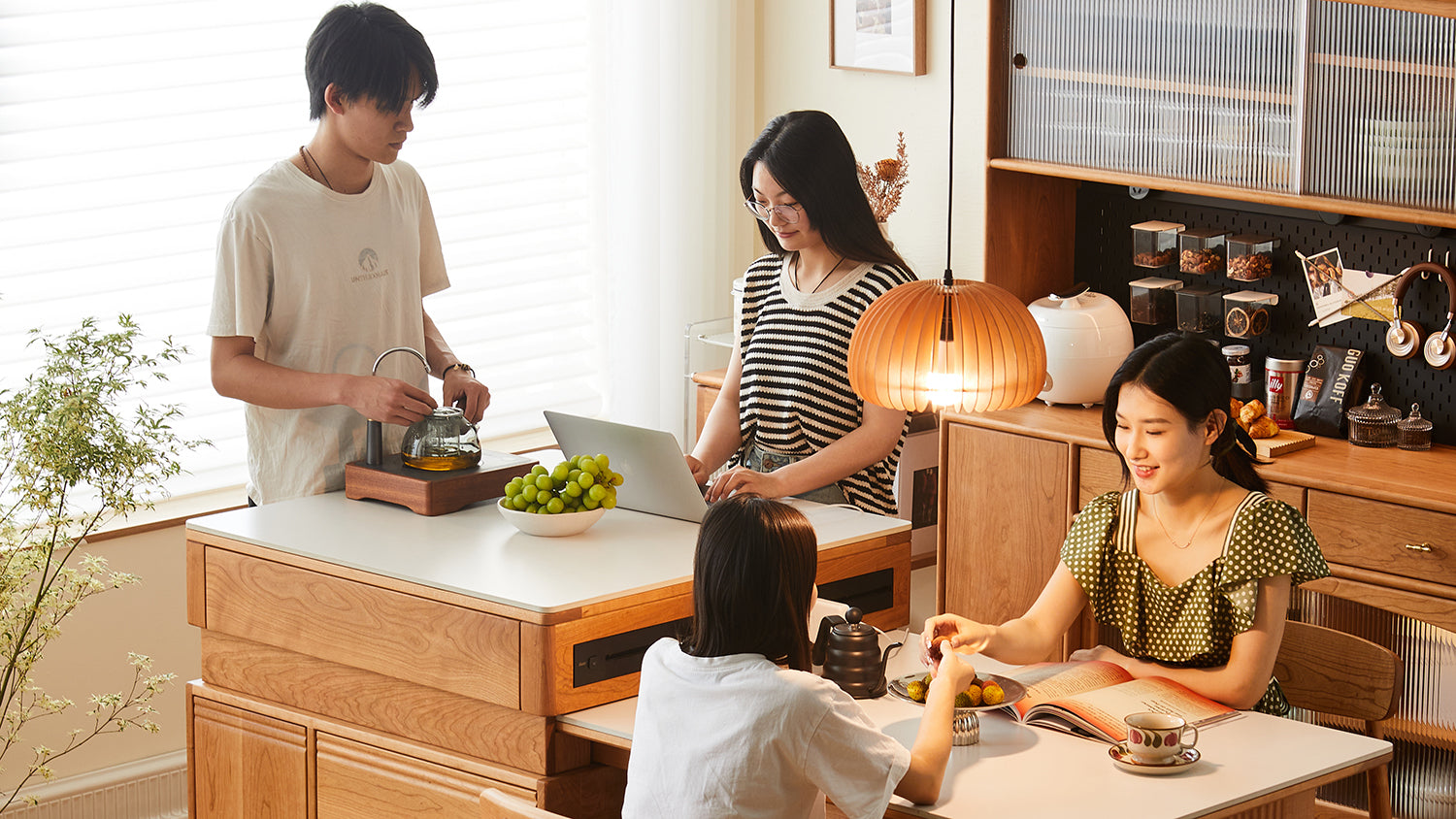

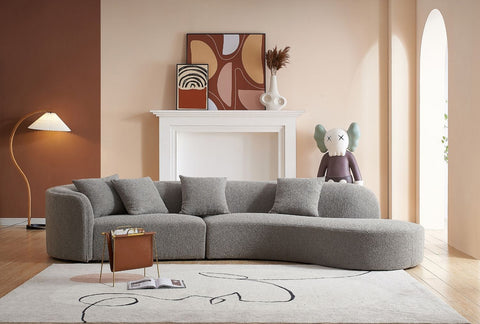
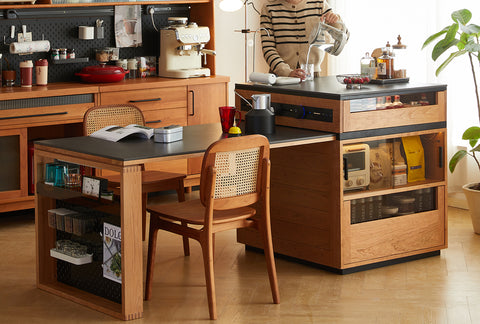

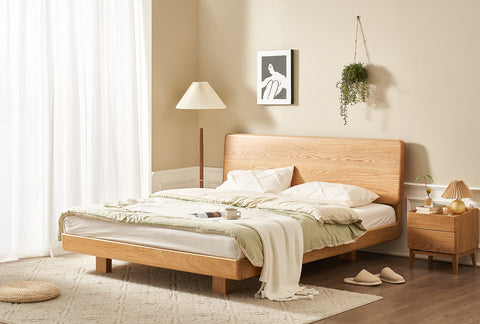















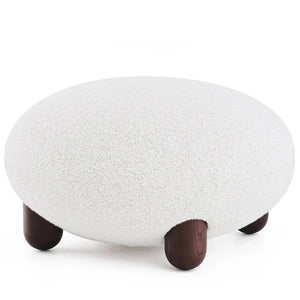


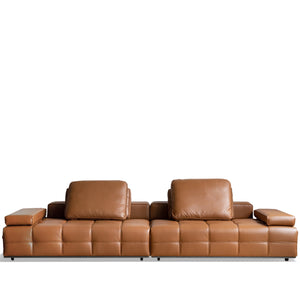
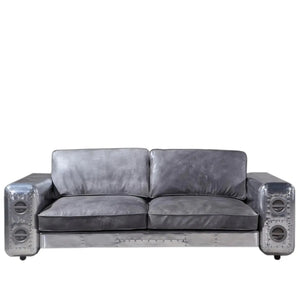
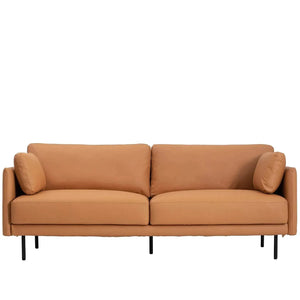



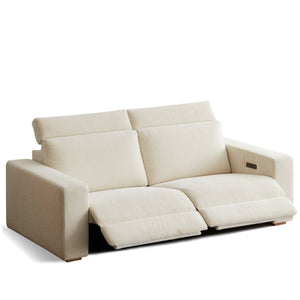

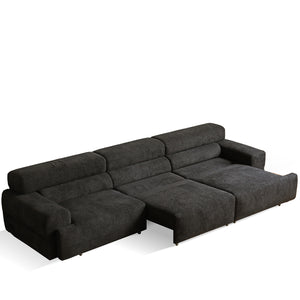
















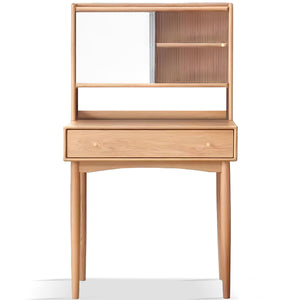











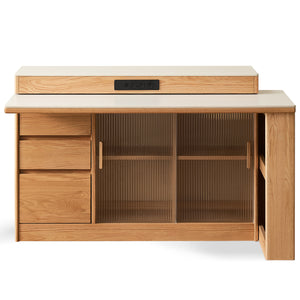











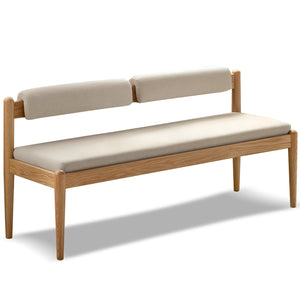








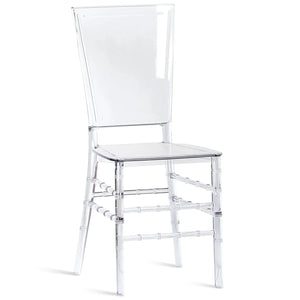


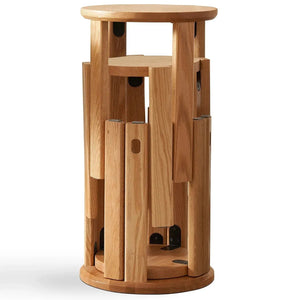
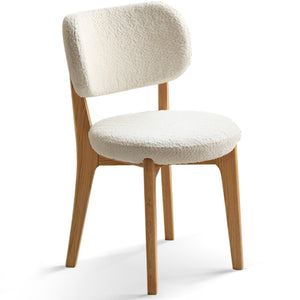
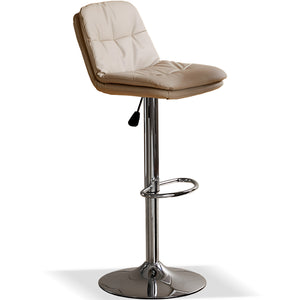











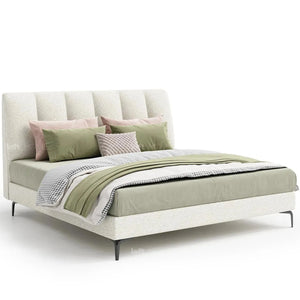



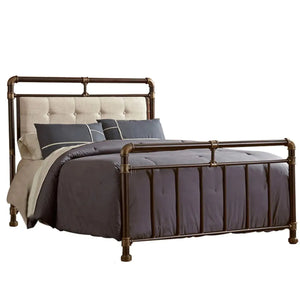

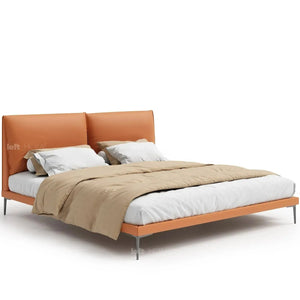





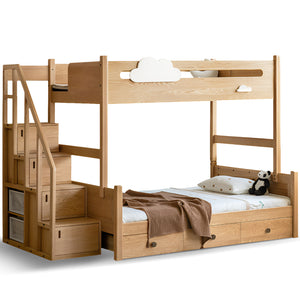

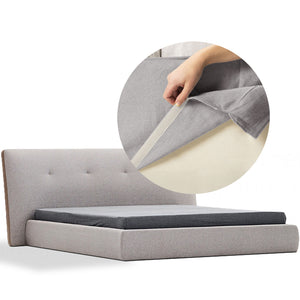
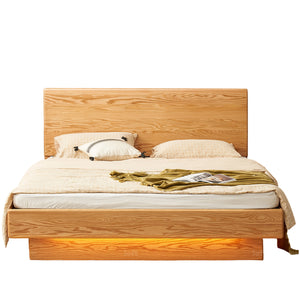

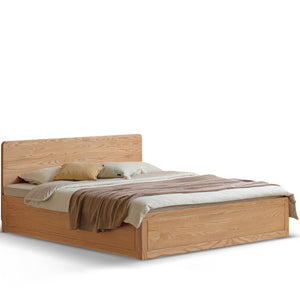


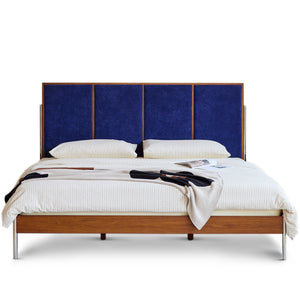








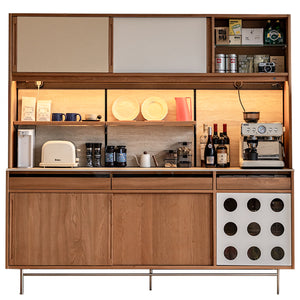













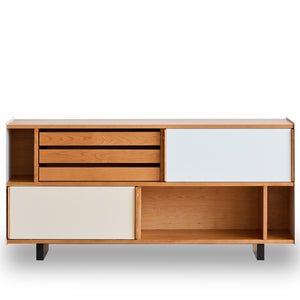




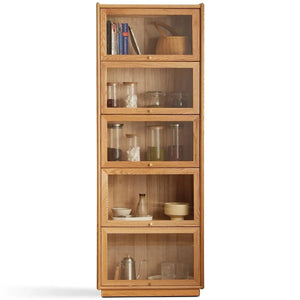
















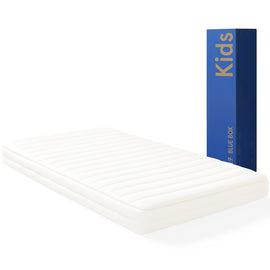











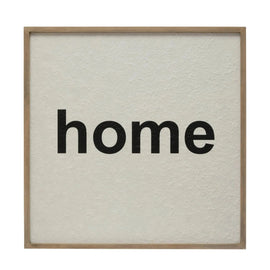







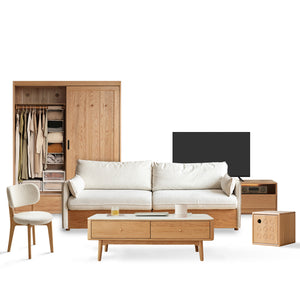
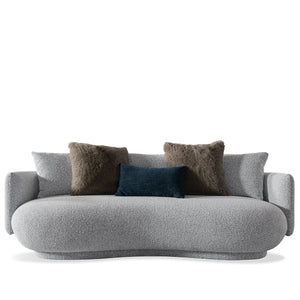




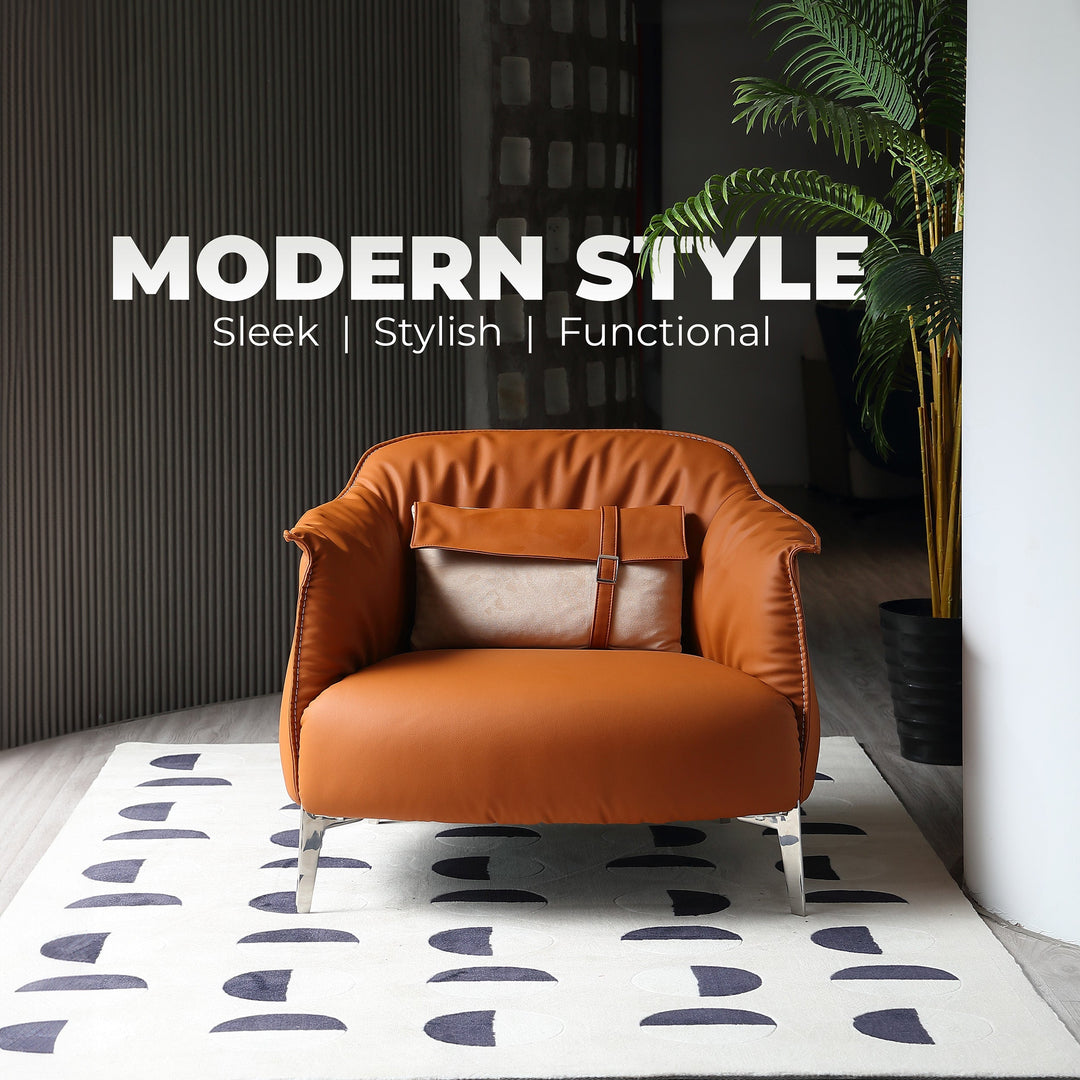
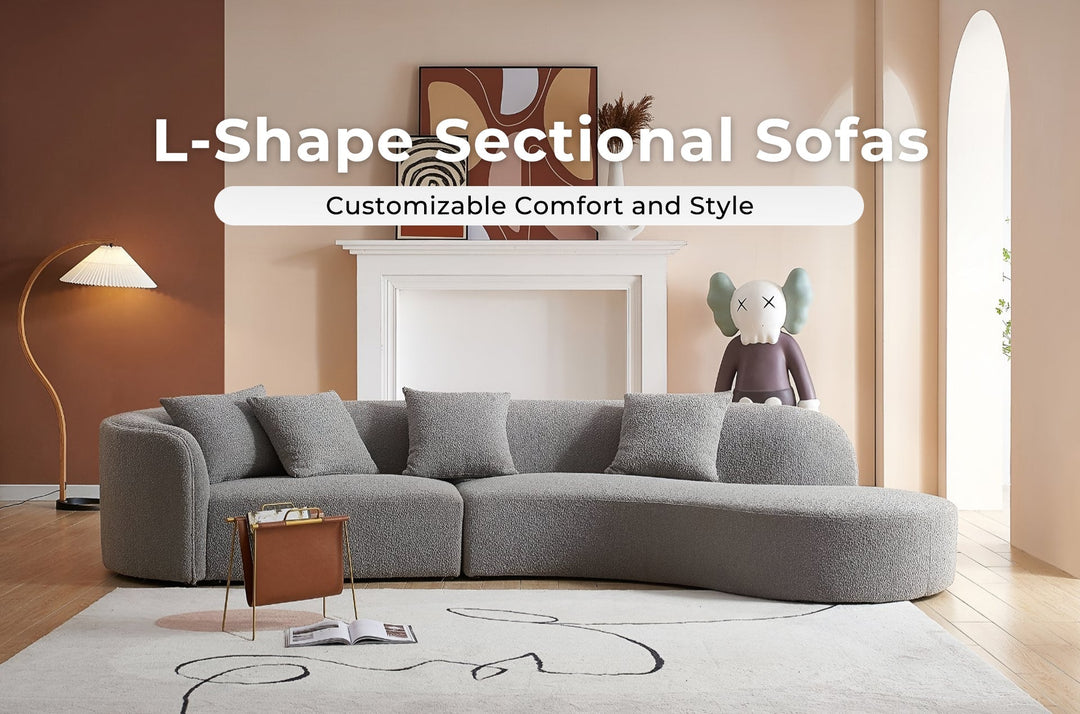

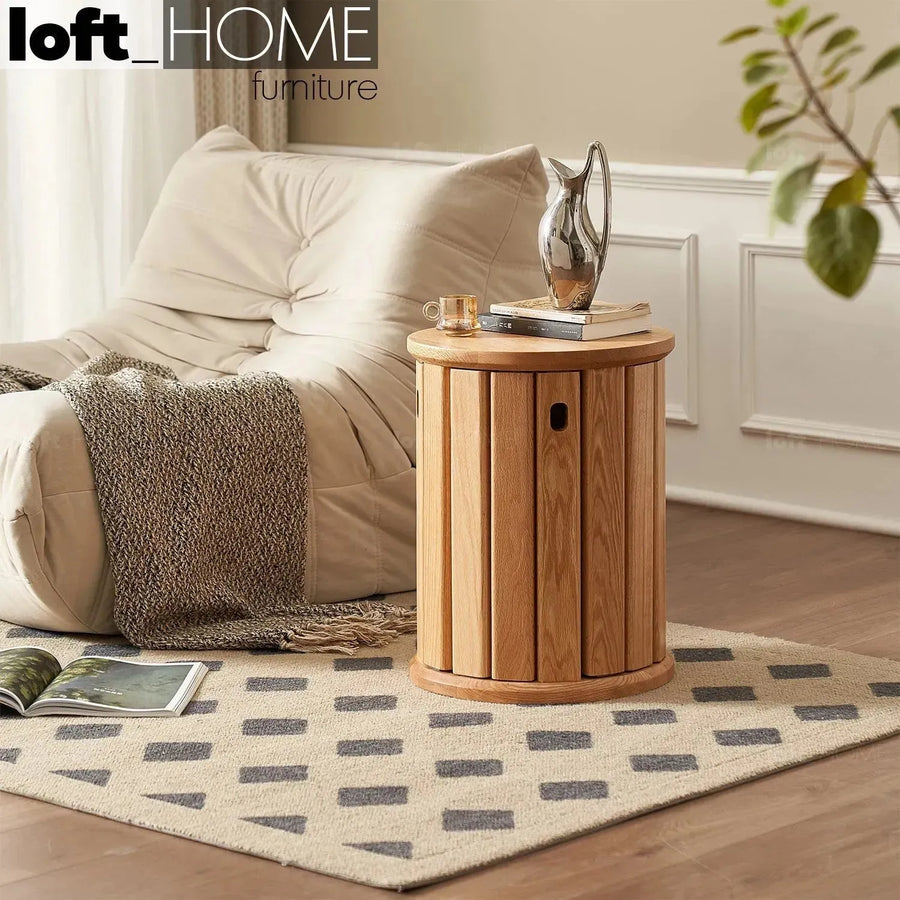
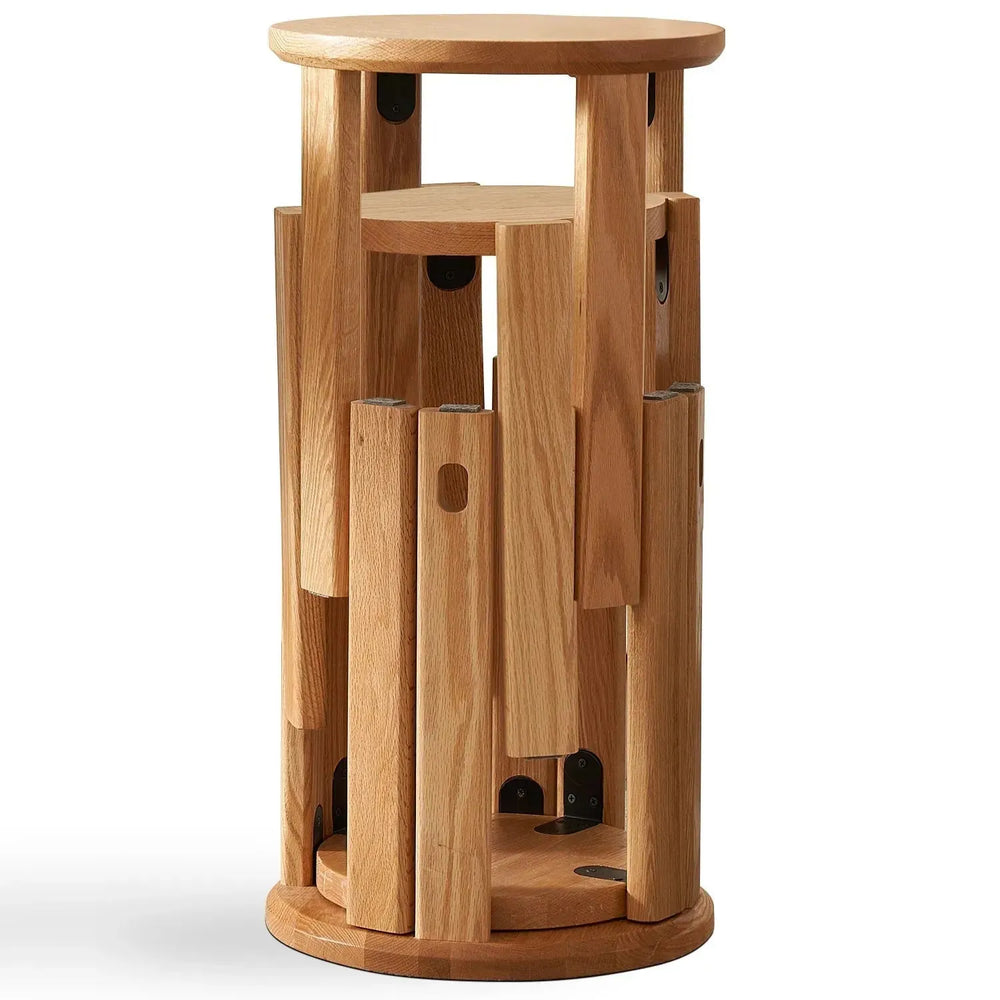




Leave a comment